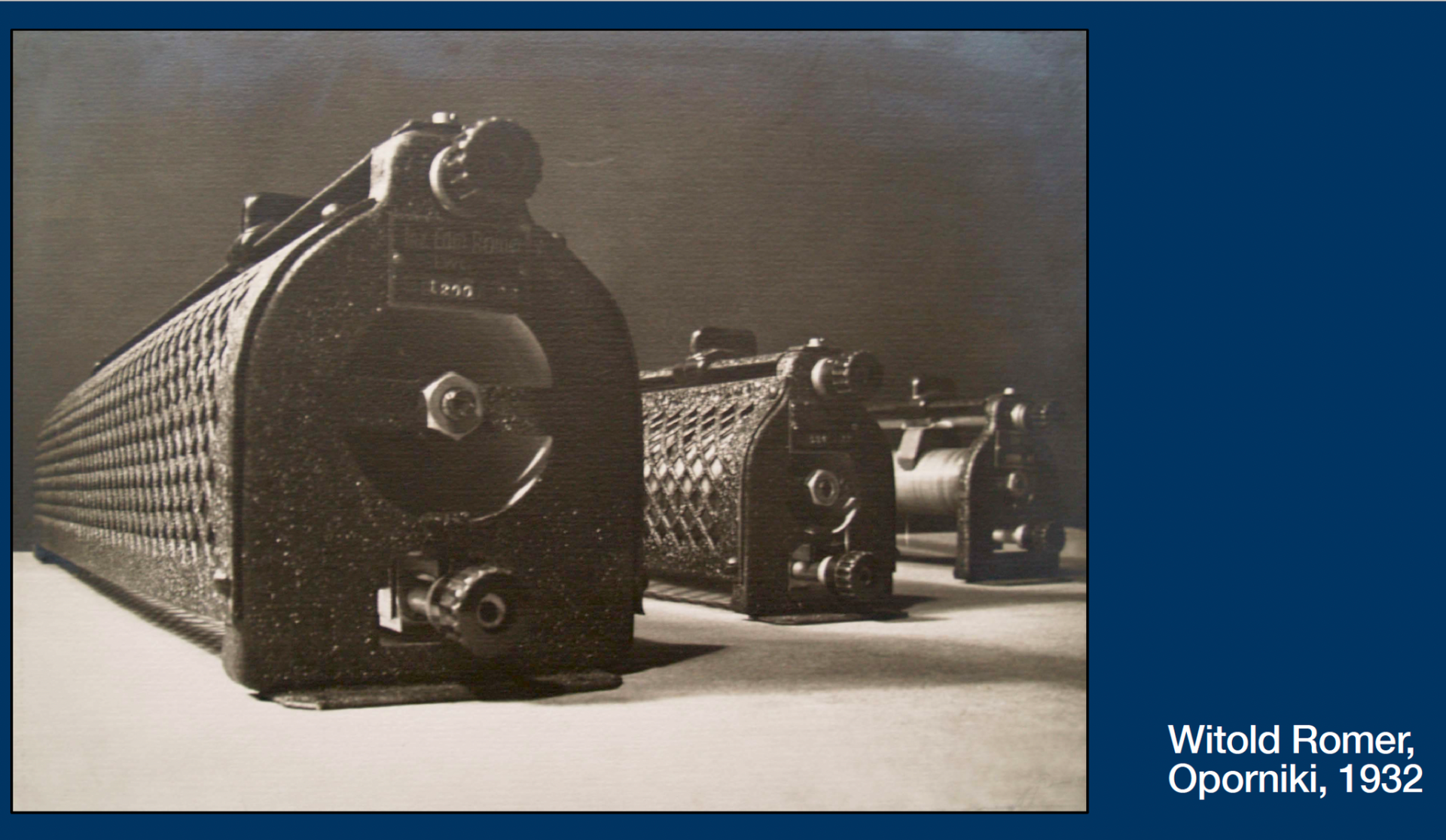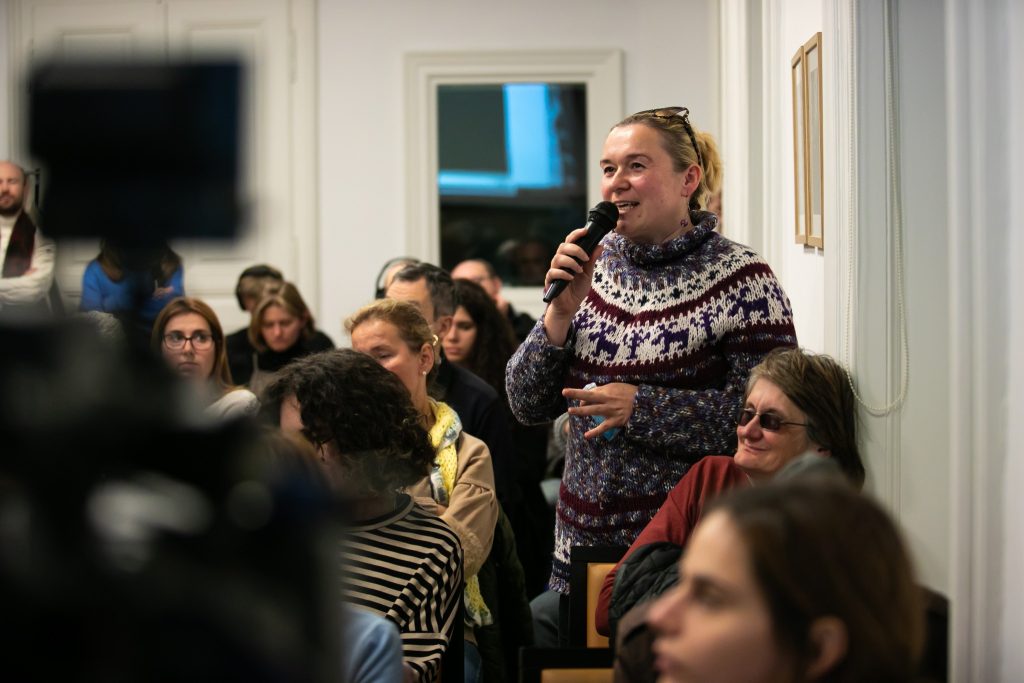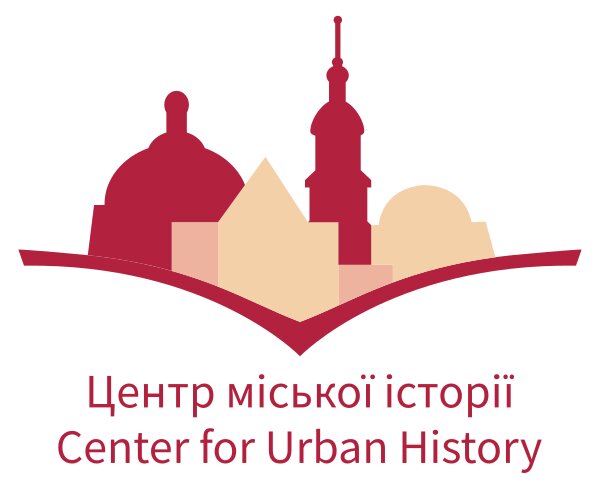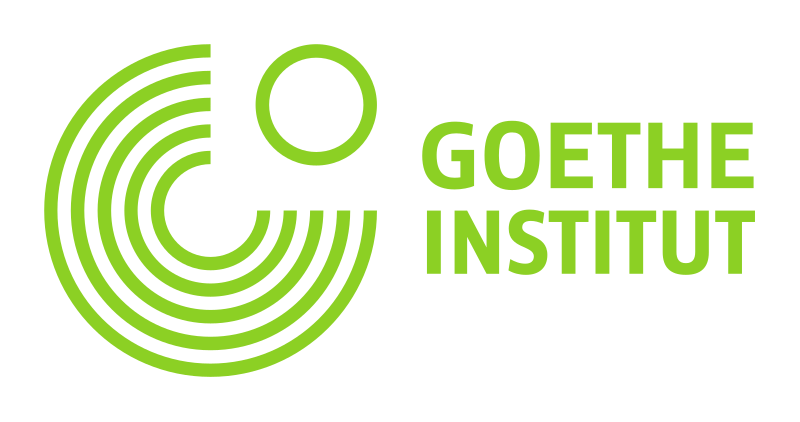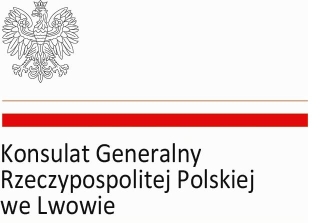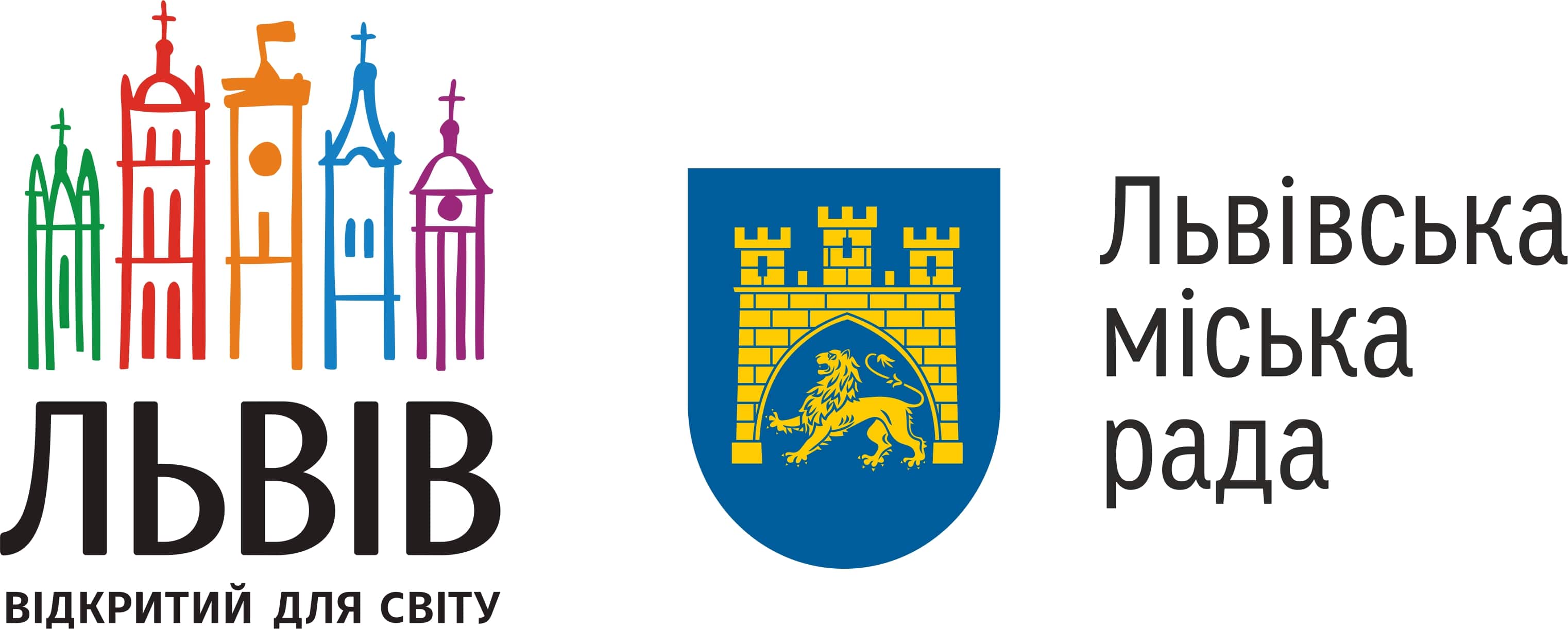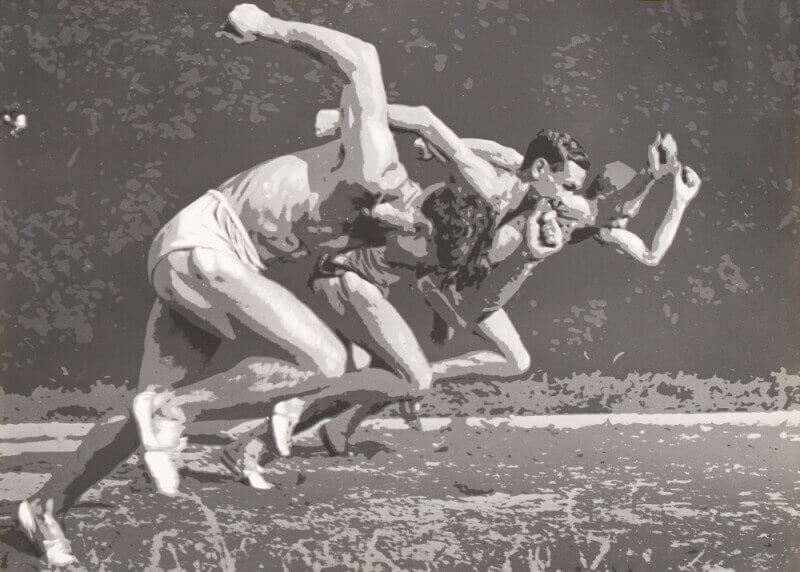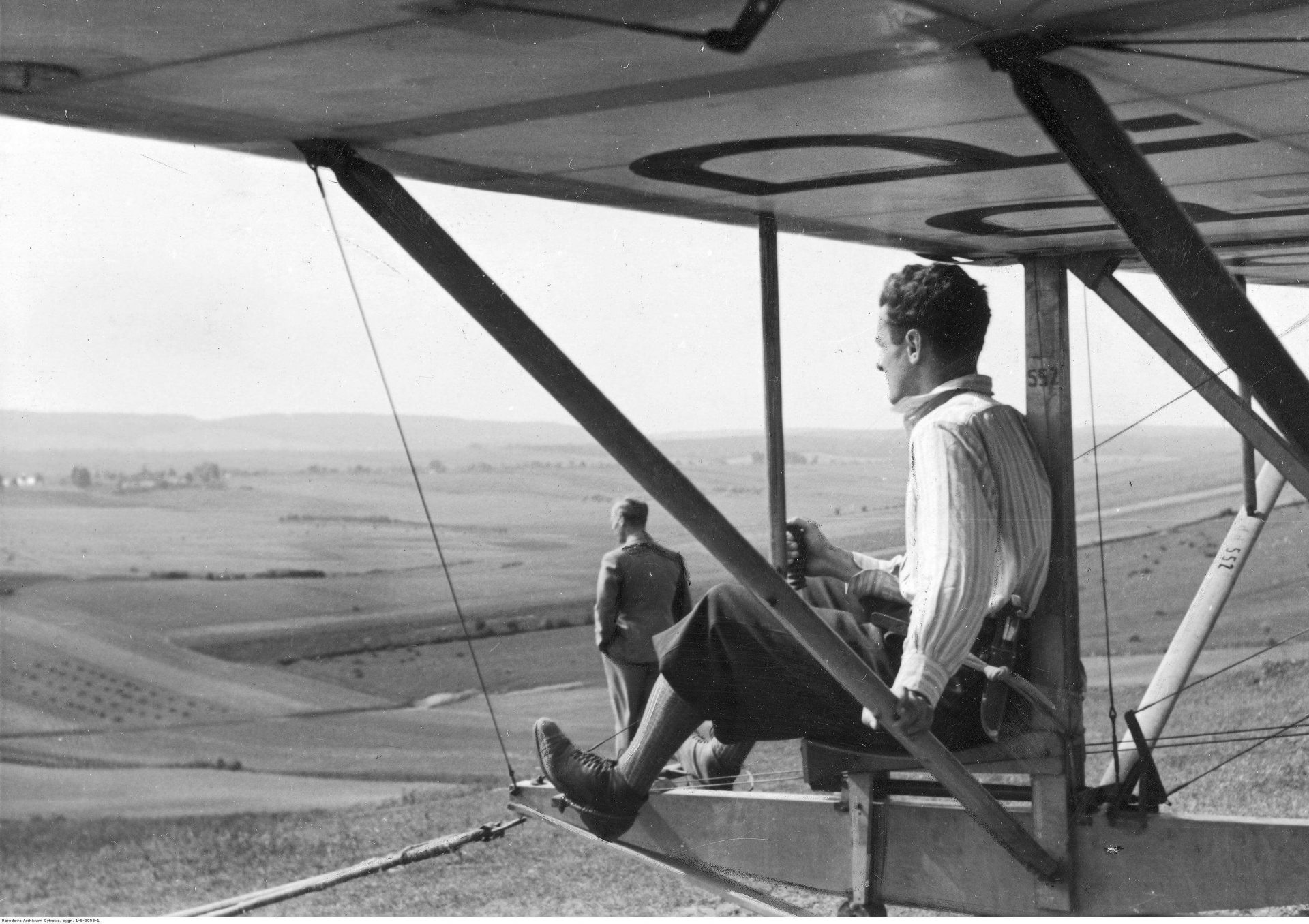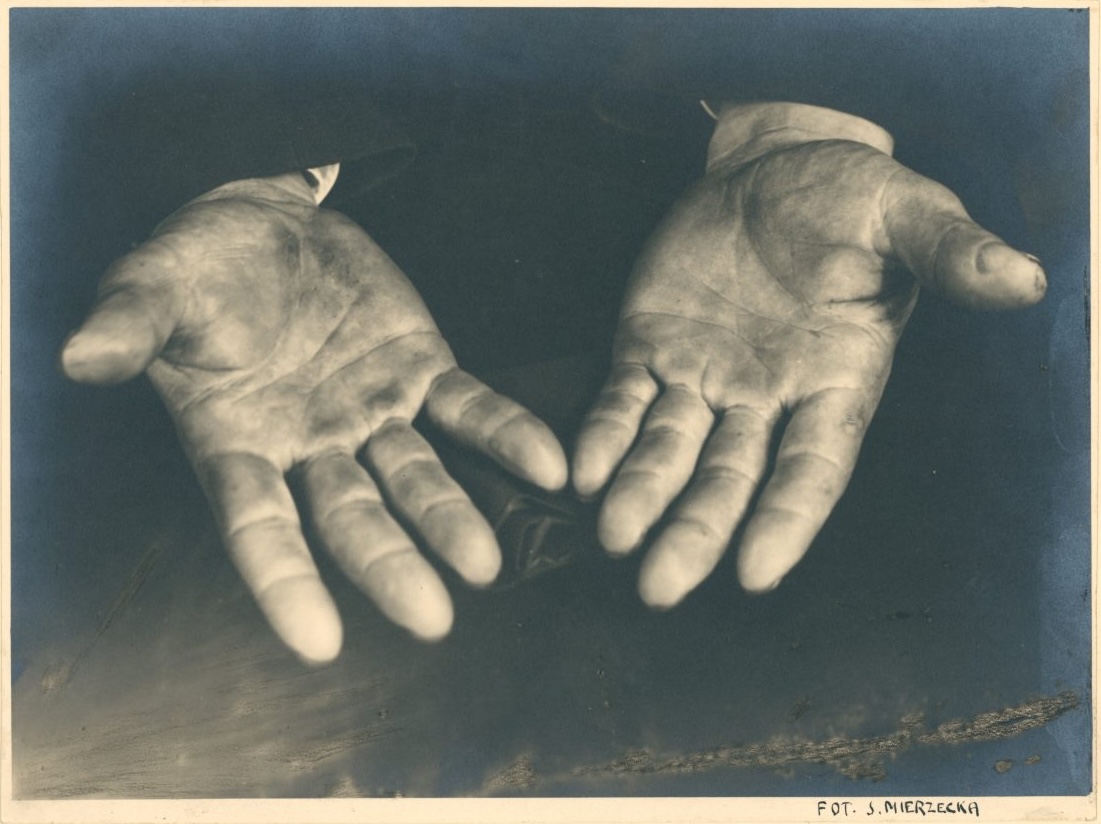Unseen Footage and a Possible Return: A Conversation about the Romer Family Archive
17.10.2024, 18:30
Conference Room of the Center for Urban History
We invite you to a screening and discussion of the newly digitized works of Witold Romer, a famous Lviv scholar and master of photography, with the participation of Andriy Boyarov, Oleksandr Makhanets, and Barbara Romer.
Witold Romer's archive was discovered about eleven years ago by Barbara Romer, his granddaughter, in the family's home. A year later, at the end of 2014, Andriy Boyarov met Ms. Barbara in Wroclaw and she introduced him to the Romers' rich heritage. The processing of the archive greatly expands the understanding of the work of the photographer, who is known to researchers mainly through the works kept in the Wrocław National Museum. For a long time Witold Romer was a central figure in the circle of Lviv photographers, heading the Institute of Photography at Lviv Polytechnic, and in the late 1930s he became president of the Lviv Photographic Society. Outside his creative hobbies, Romer was a scientist and studied chemistry. He defended his doctorate and worked as the head of the photomechanical department at the Knyzhnytsia-Atlas publishing house, owned by his father. While studying modern methods of printing maps, he invented posterization, a tone-separating method of printing photographs. During the Second World War, he immigrated to England, where he was engaged in aerial photography in the British Air Force. After the war, Witold Romer moved to Wrocław and continued his scientific work at the Polytechnic University.
Over the past week, the Urban Media Archive team at the Center for Urban History has been working on digitizing the tapes from the Romers' home archive, which were kindly provided by Barbara Romer. At the event, we will show home movies of the family filmed in the apartment and near the house on Dlugosza (now Kyryla i Mefodiya) Street, videos of Lviv's panorama that were part of the work on the film about Lviv as a city of the European watershed, as well as pre-war color films with the family.
We invite you to a conversation about understanding and rethinking the heritage and history of art, about the importance of the Romers for Lviv and the city for the family, but also about the ways in which the return is to some extent possible: through visits to the city, the streets and courtyards, and the family's homes, through working with archives that were scattered by the war, and through shared screenings and conversations.
PARTICIPANTS OF THE CONVERSATION
- Andrij Bojarov,
is a media artist, researcher of Lviv and Ukrainian avant-garde, independent curator and architect. Curator of the exhibition ""Domowroty / ПОВЕРНЕННЯ / Homing. Włodzimierz Puchalski." - Oleksandr Makhanets,
Chief Archivist of the Urban Media Archive at the Center for Urban History. Curator of the [unarchiving] program and the annual Home Movie Days program. - Barbara Romer,
owner of the Witold Romer collection; granddaughter of the photographer.
The languages of the event are Polish and Ukrainian. Simultaneous translation will be provided.
Drawing on the metaphor of "returns," which is particularly sensitive today, the series "Domowroty / ПОВЕРНЕННЯ / Homing" actualizes reflections on the constant process of physical and material return, as well as emotional and intellectual reflections on what is place, belonging, and connection. The public program is part of the project "Homing: Returns of People, Places and Archive." The project is implemented in cooperation with the Goethe-Institut in Ukraine.
The exhibition "Domowroty / ПОВЕРНЕННЯ / Homing" is organized by Andrij Bojarov, Center for Urban History and Lviv Municipal Art Center in partnership with the Consulate General of the Republic of Poland in Lviv and Department of Culture of the Lviv City Council.
Credits
Gallery: Ira Sereda
